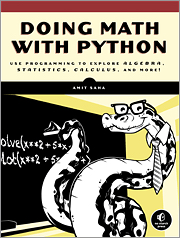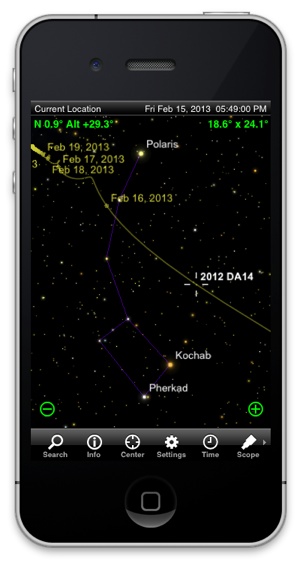“Doing Math with Python” (http://tinyurl.com/p6zacv3) from No Starch Press is an ideal book for the math student who has yet to dip into programming, or for teachers and schools looking to bring programming into classrooms. The US$29.95, 264-page book makes the process easy and practical.
“Doing Math with Python” shows readers how to delve into high school-level math topics like statistics, geometry, probability, and calculus. Curious students will use code to explore intriguing applied mathematical problems, like shuffling a deck of cards, plotting gravity’s effect on a projectile, and estimating a circle’s area by throwing thousands of “darts” at a board.
The book begins with simple tasks like visualizing data with graphs and writing programs that convert units of measurement, and ramps up to cover more advanced topics like drawing fractals and finding the limit of functions.
A building block for students on the way to more serious mathematical studies and programming, Recommended reading: “Doing Math with Python” will teach readers how to:
° Describe data with statistics, and visualize it with line graphs, bar charts, and scatter plots;
° Explore set theory and games of chance;
° Solve algebraic problems automatically using Python’s symbolic math functions;
° Draw geometric shapes and explore famous fractals like the Barnsley fern, the Sierpinski triangle, and the Mandelbrot set;
° Write programs to find derivatives and integrate functions.
Challenges and applied examples throughout the book show readers how to put their new math and coding skills into practice. Let Python handle the grunt work while students focus on the math.
The book’s author, Amit Saha, is a software engineer who has worked for Red Hat and Sun Microsystems. He created and maintains Fedora Scientific, a Linux distribution for scientific and educational users. He is also the author of “Write Your First Program” (Prentice Hall Learning).




